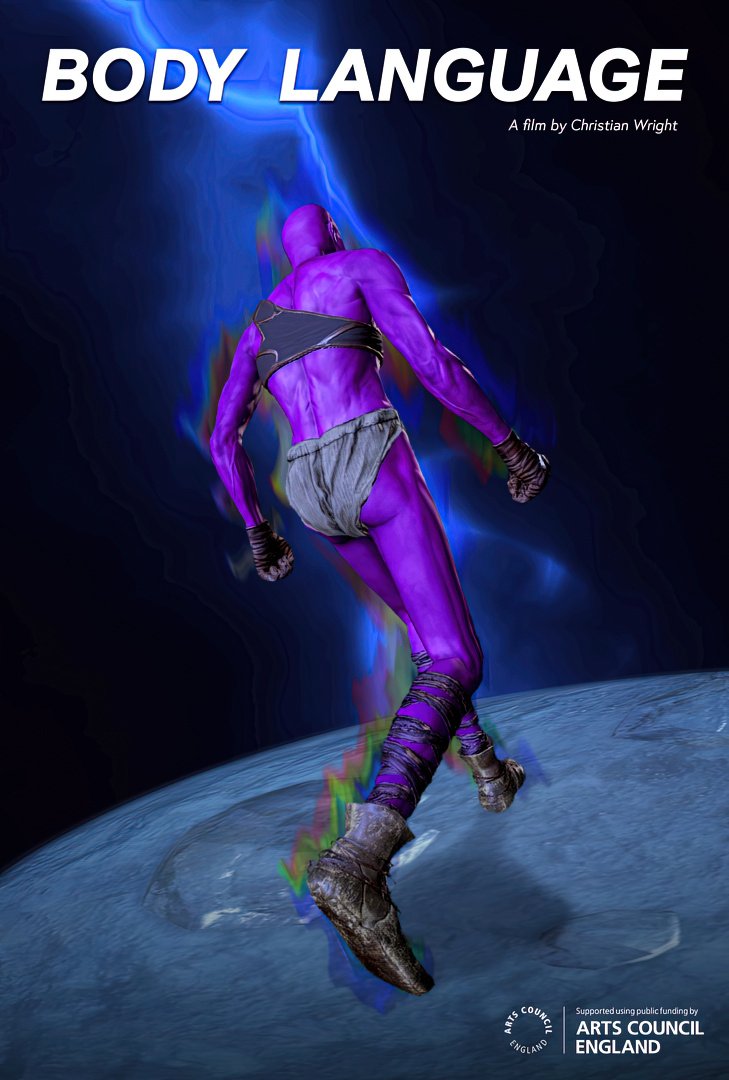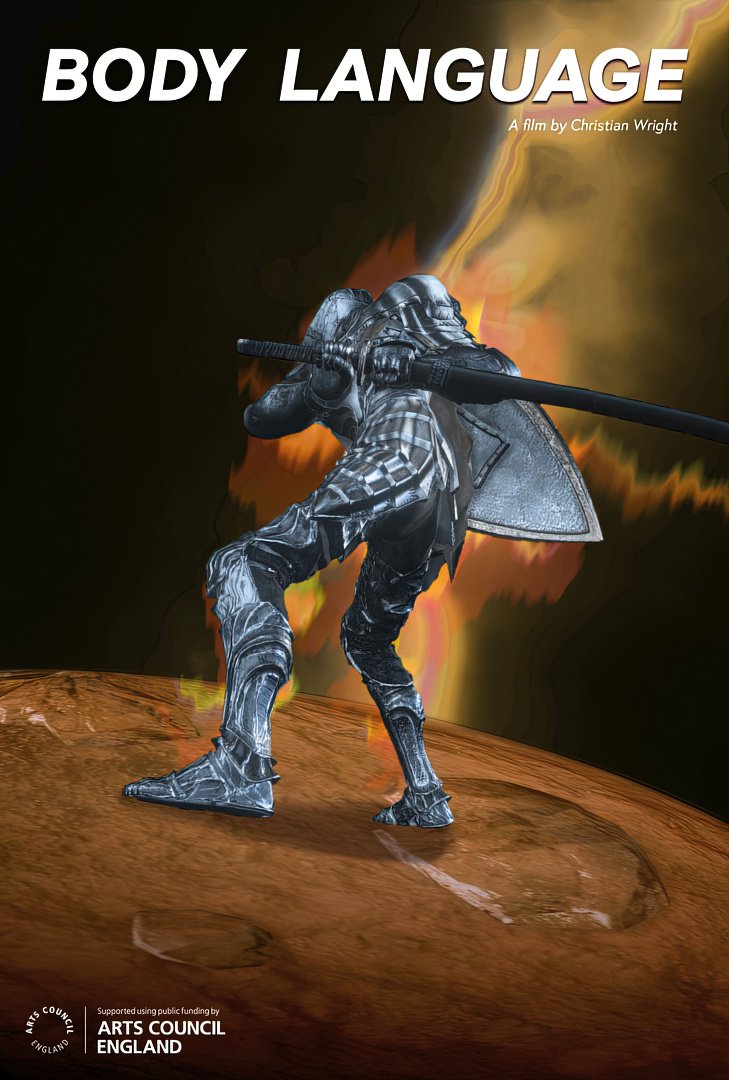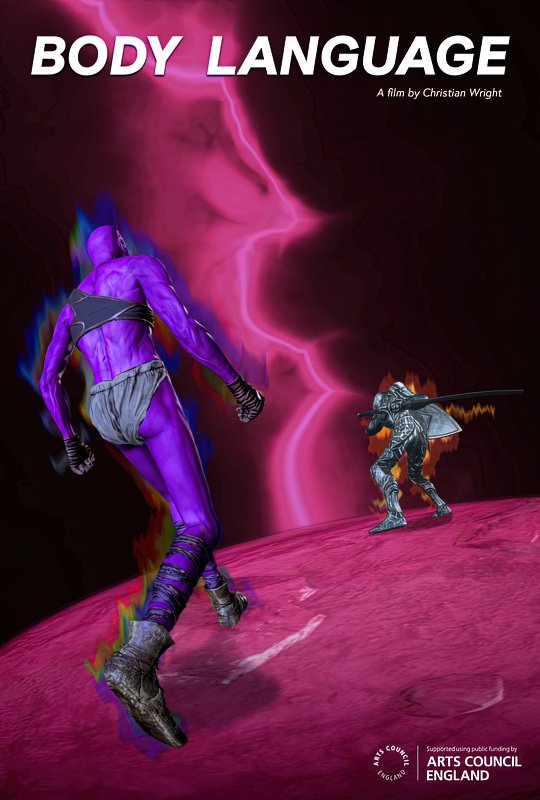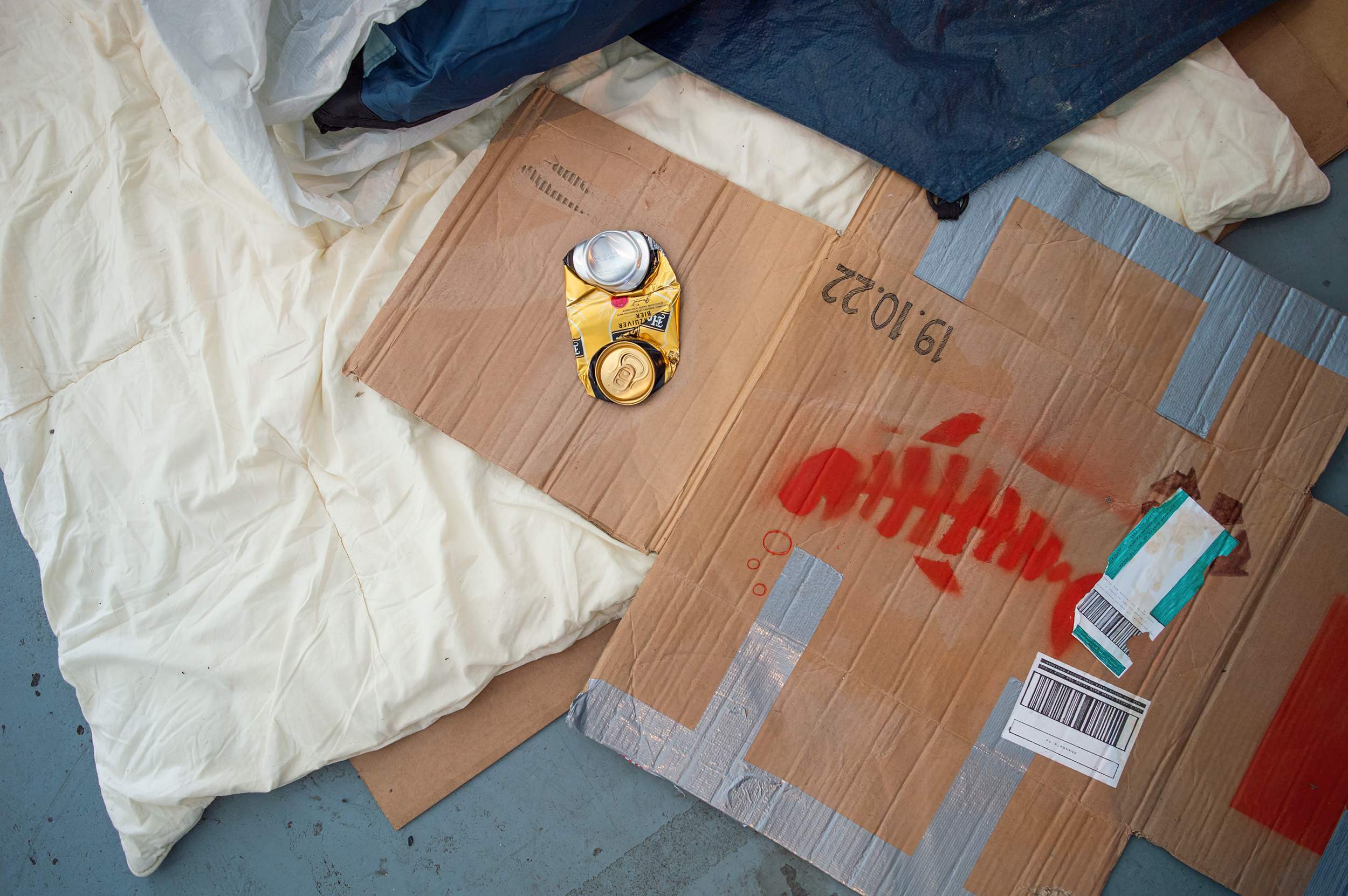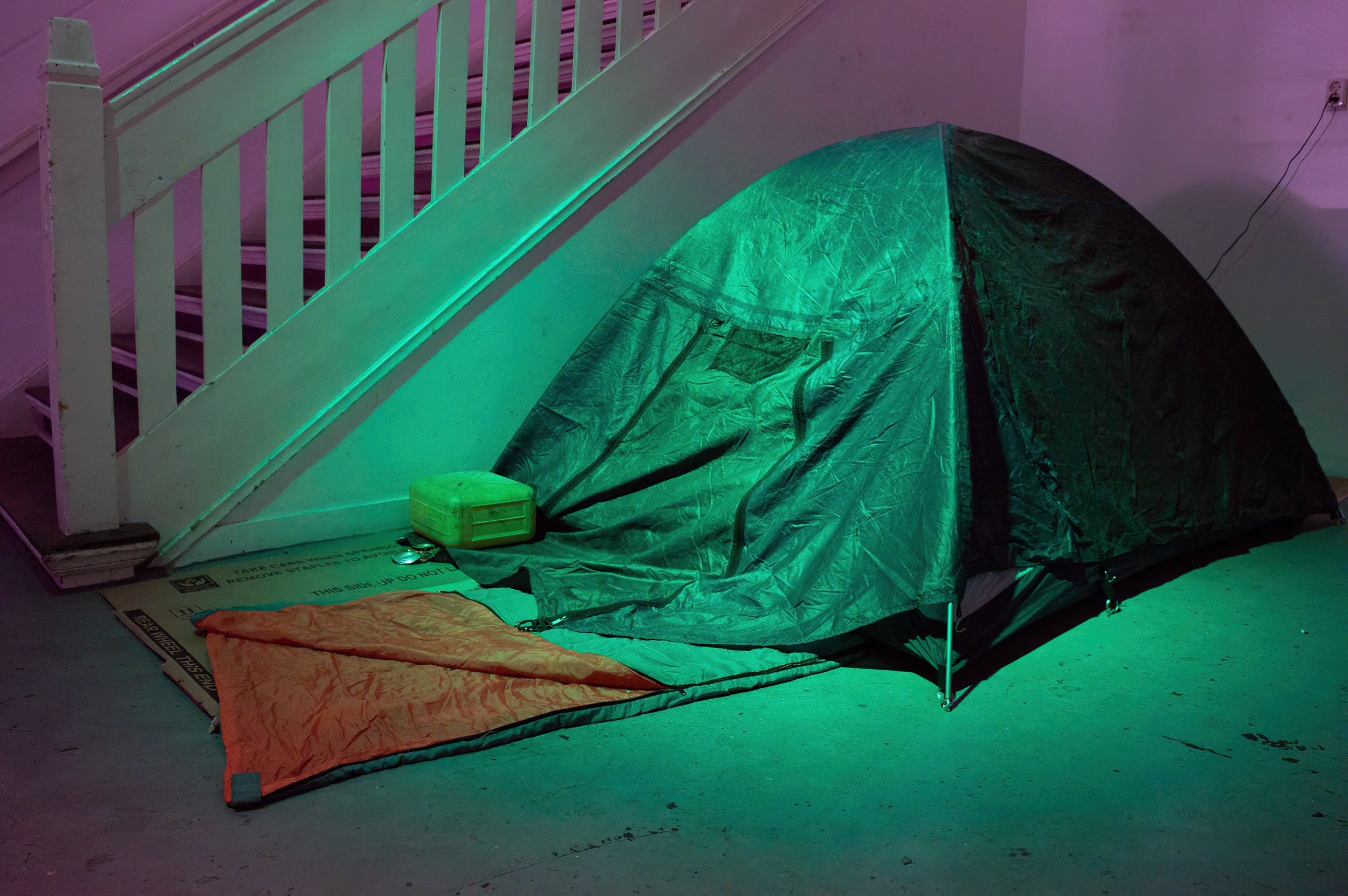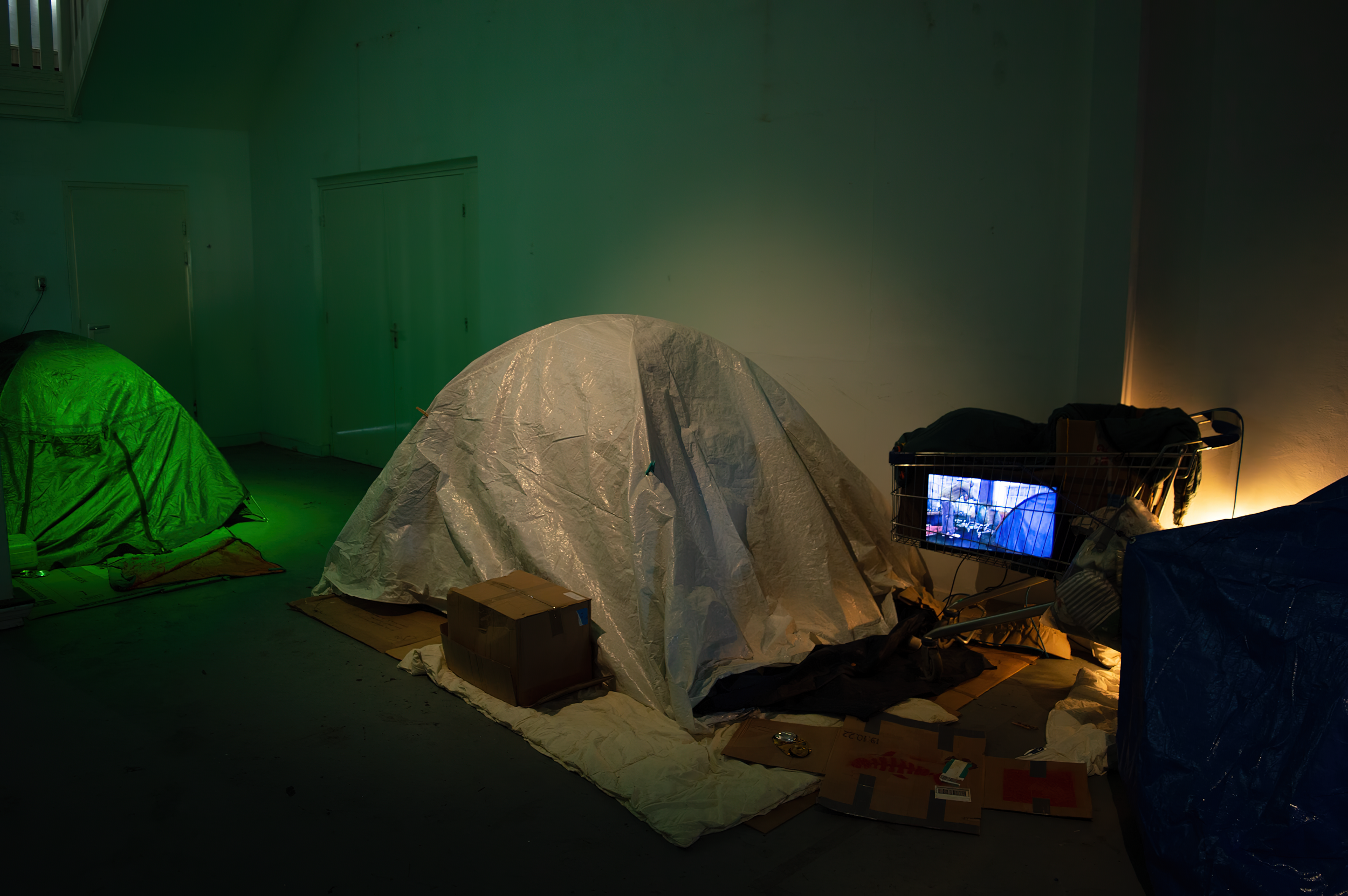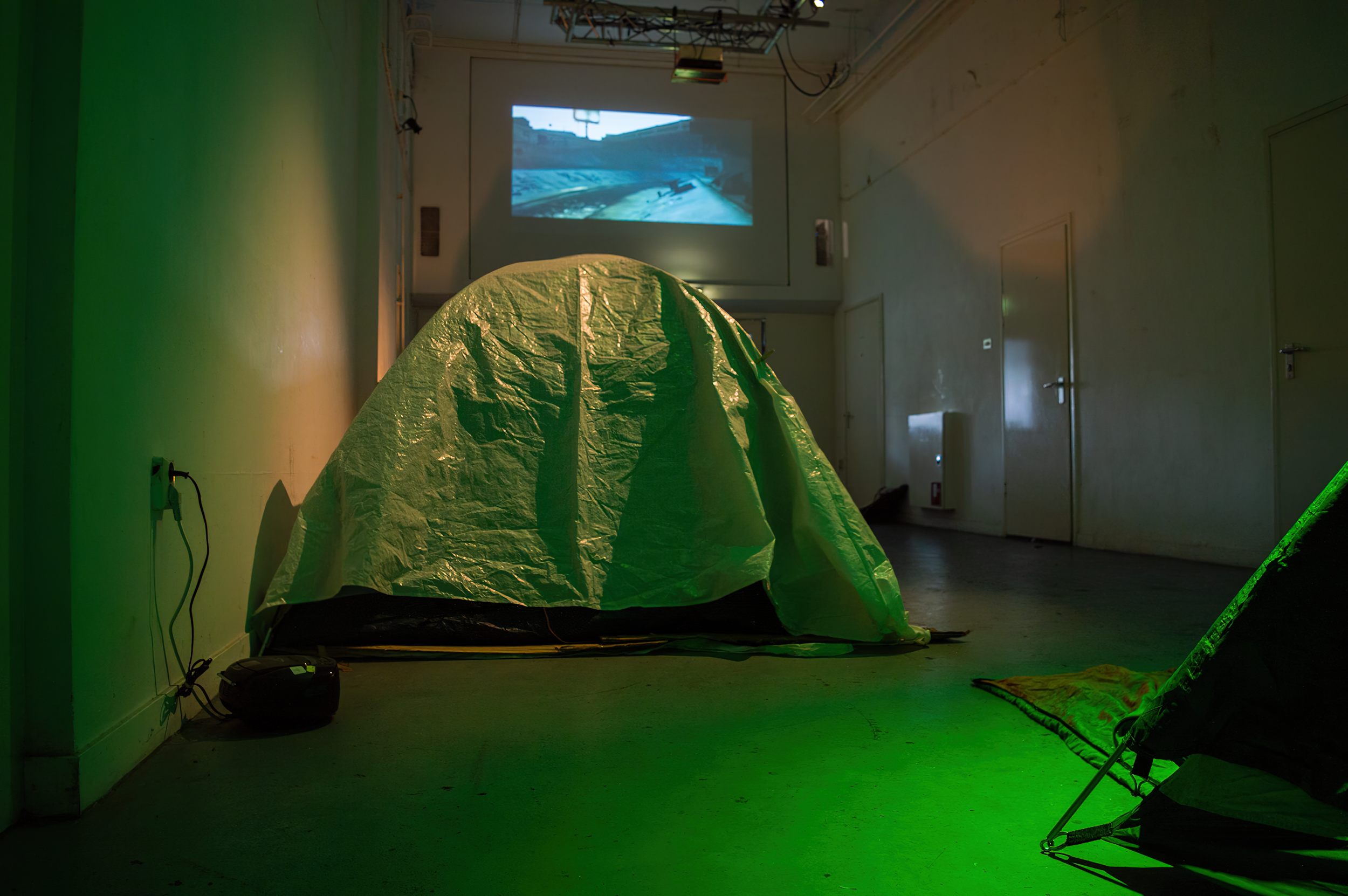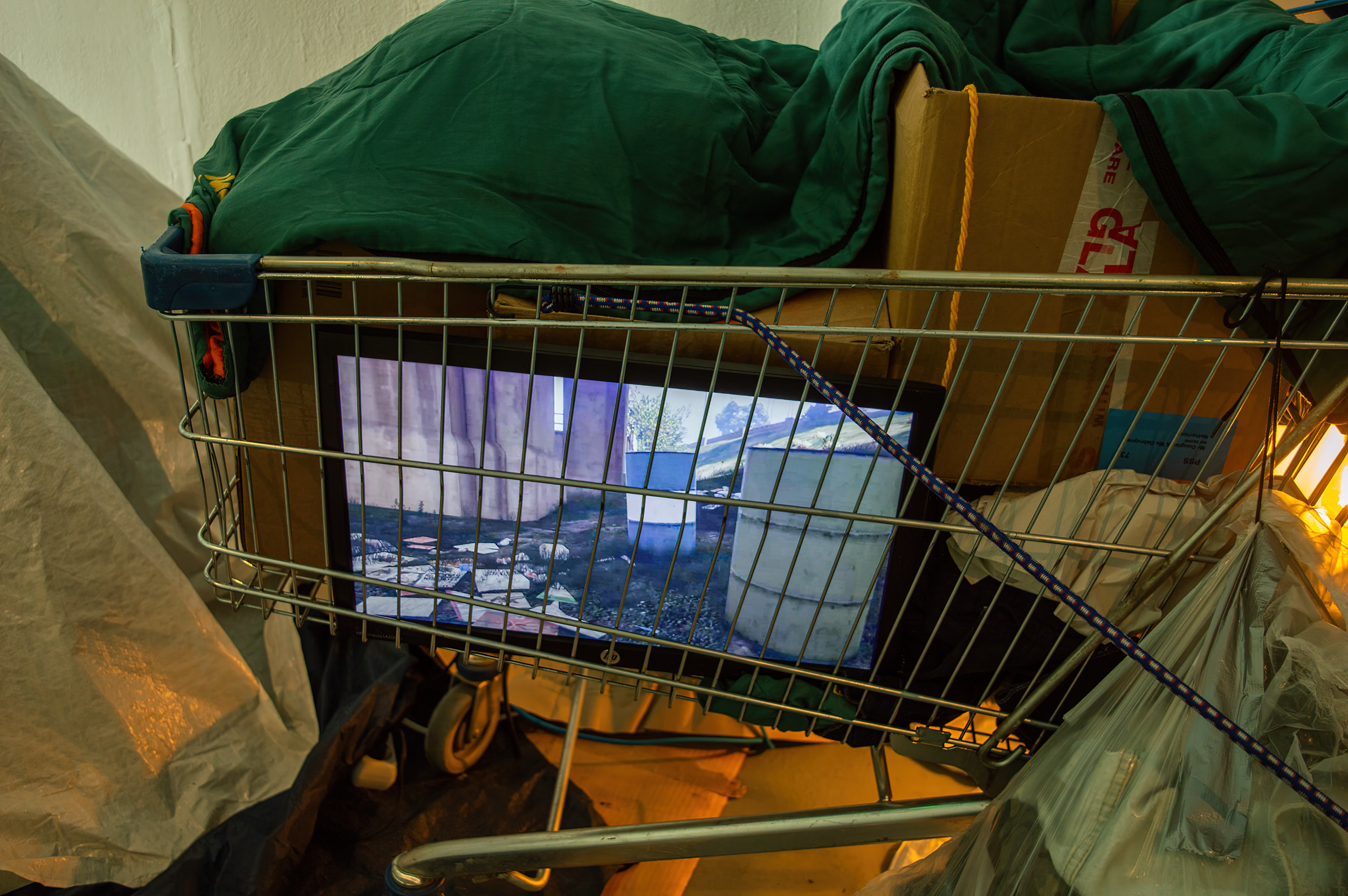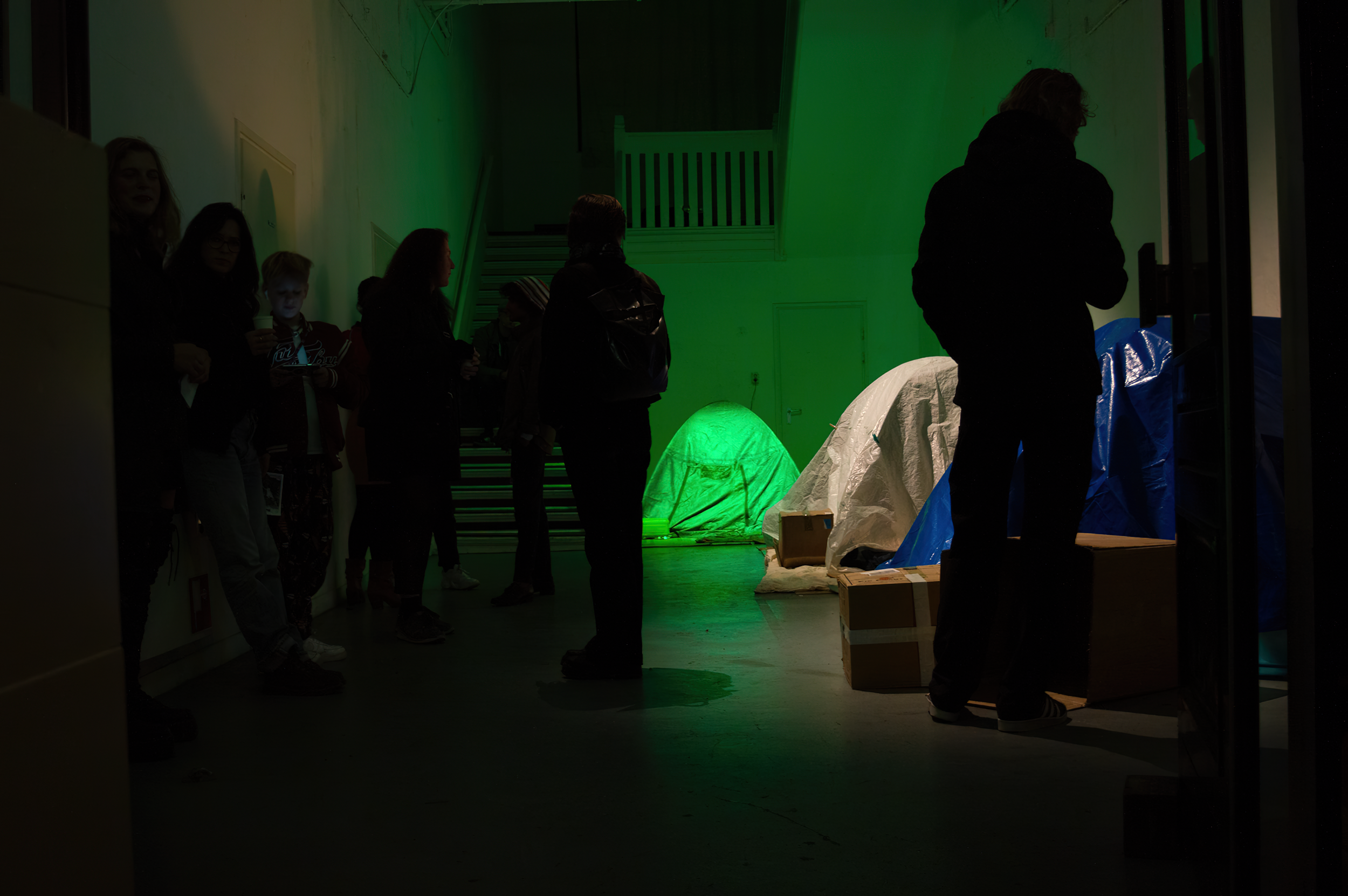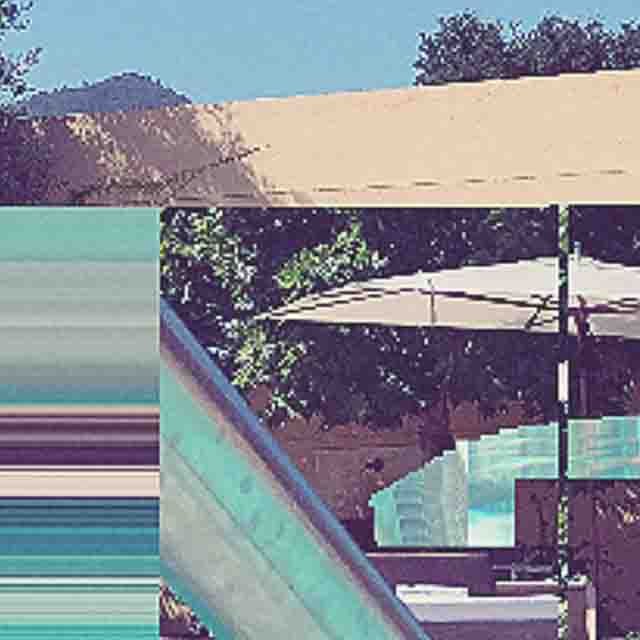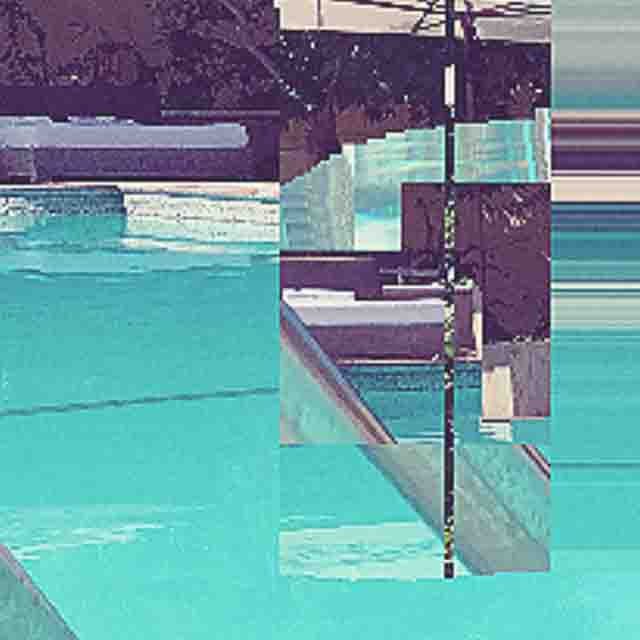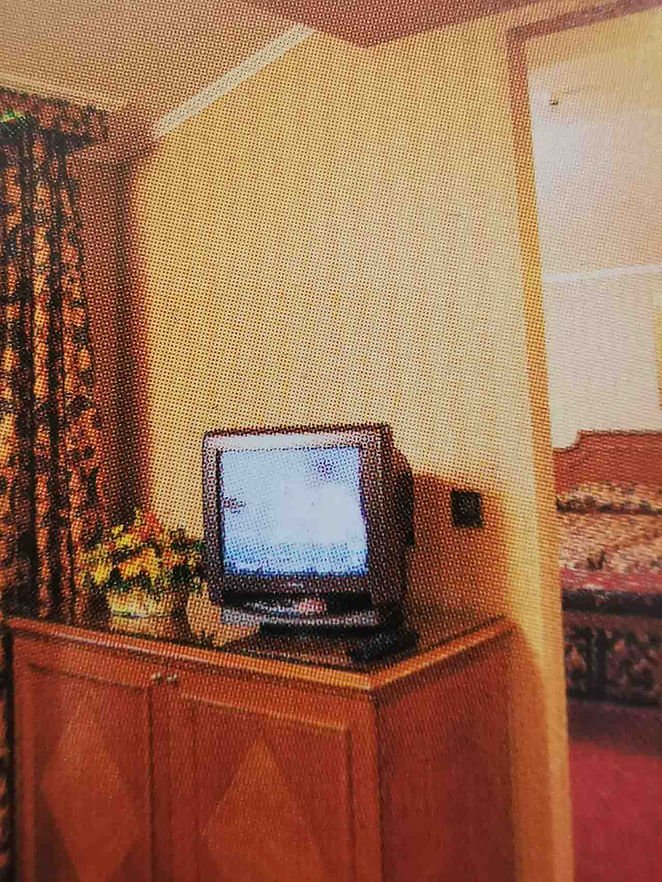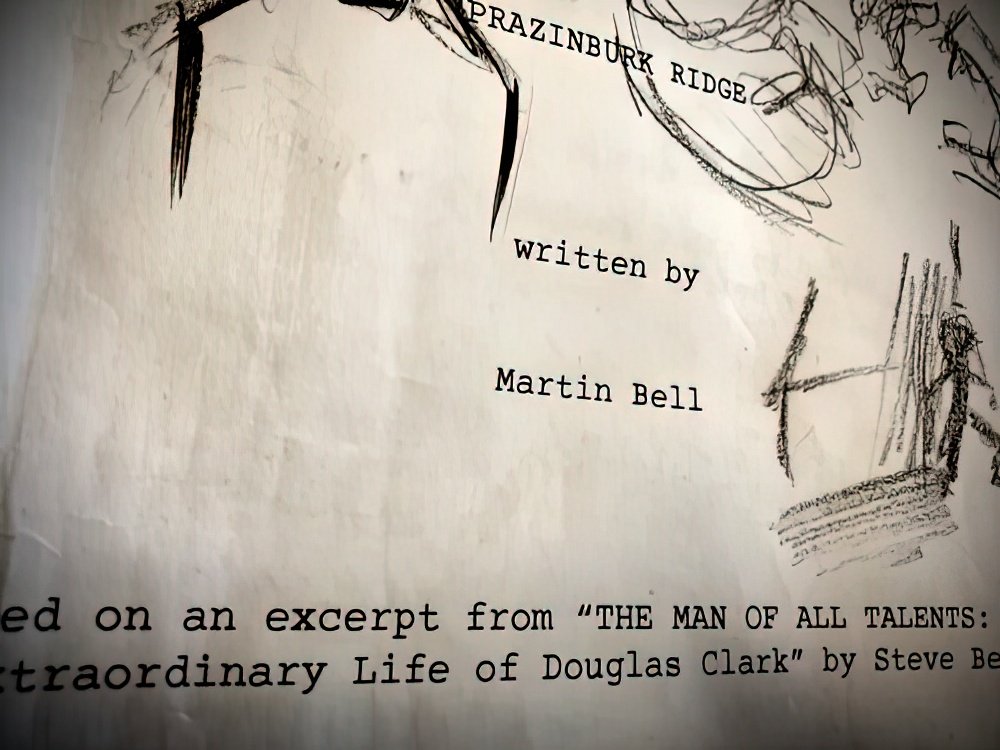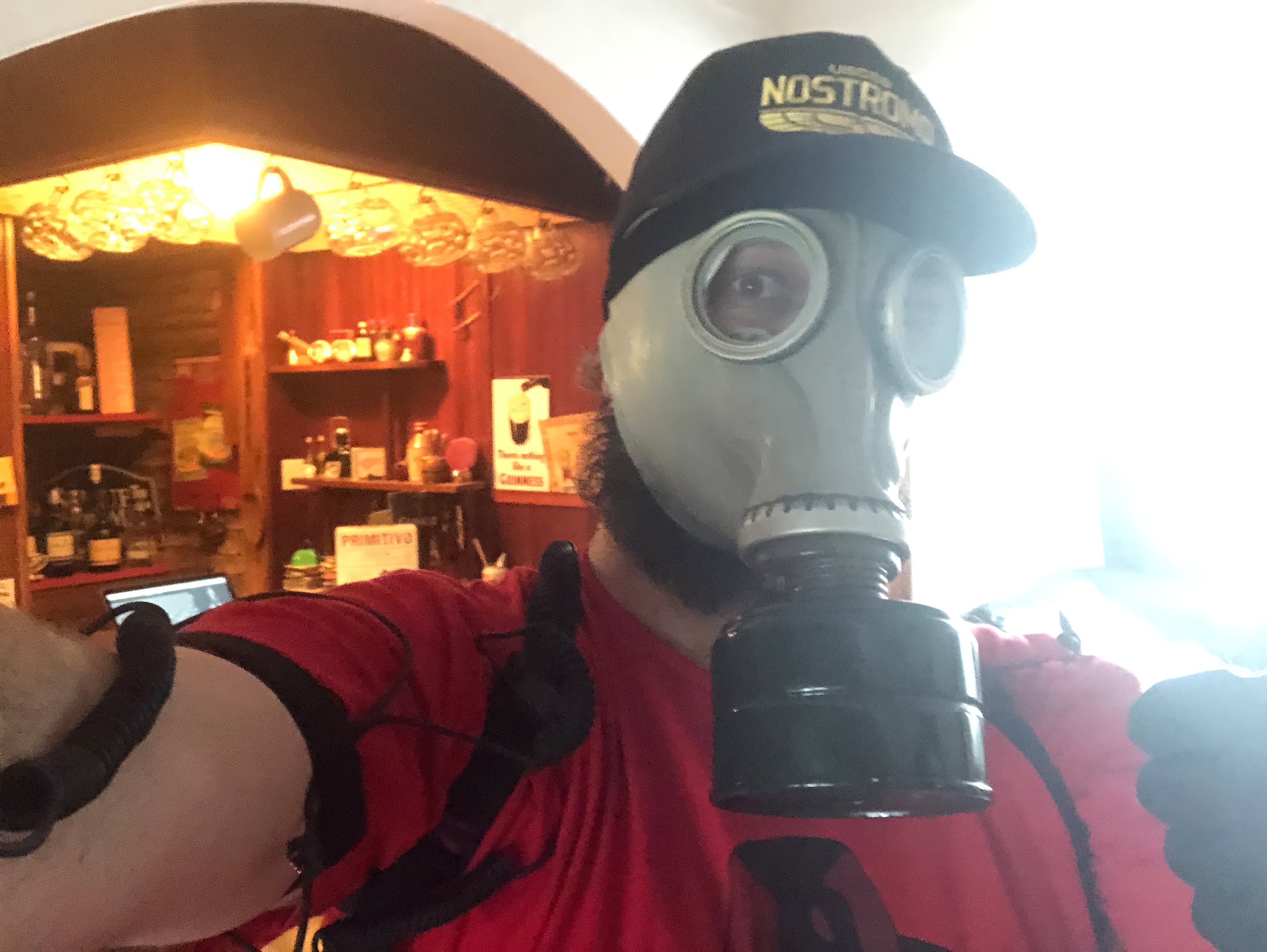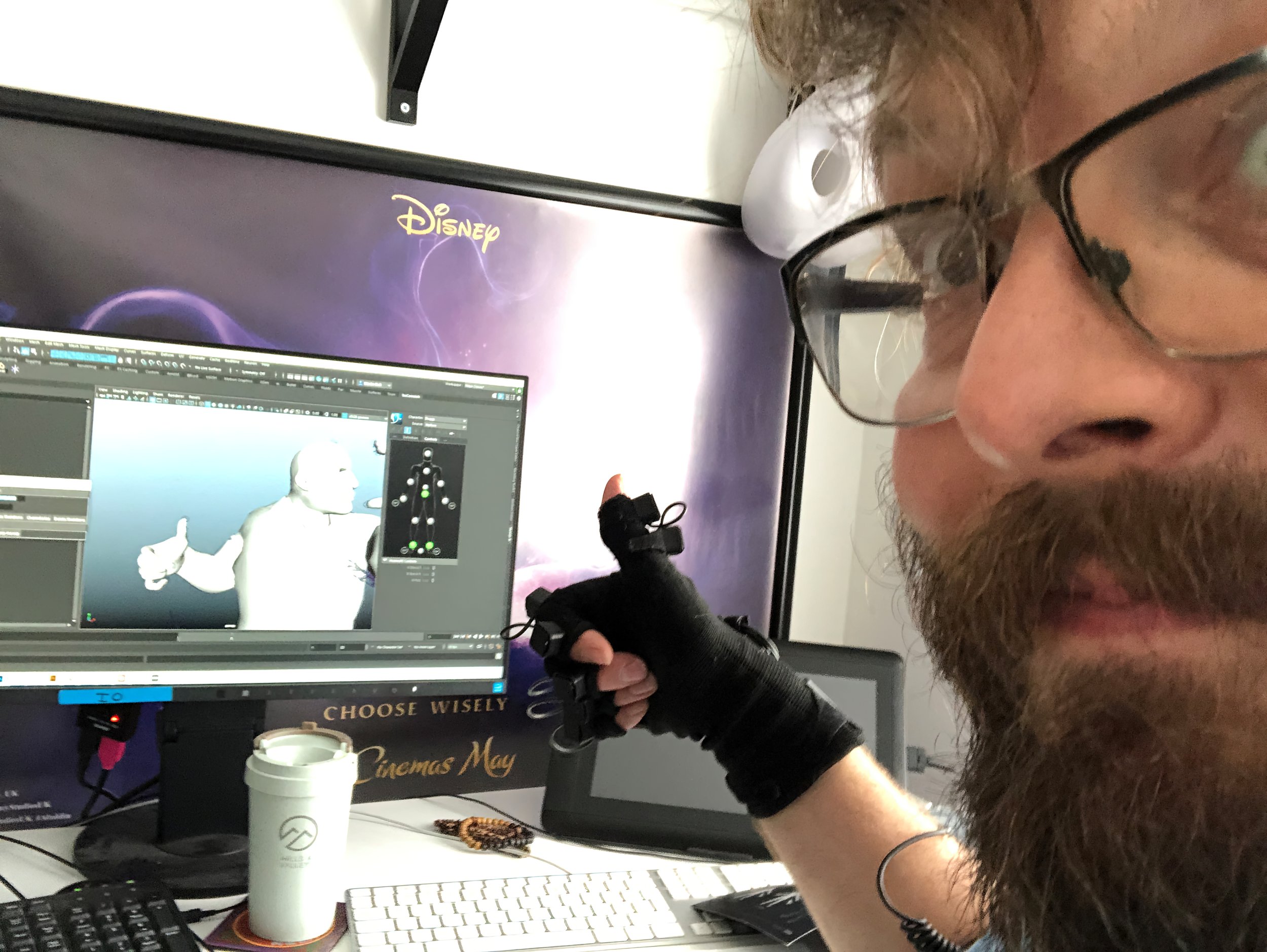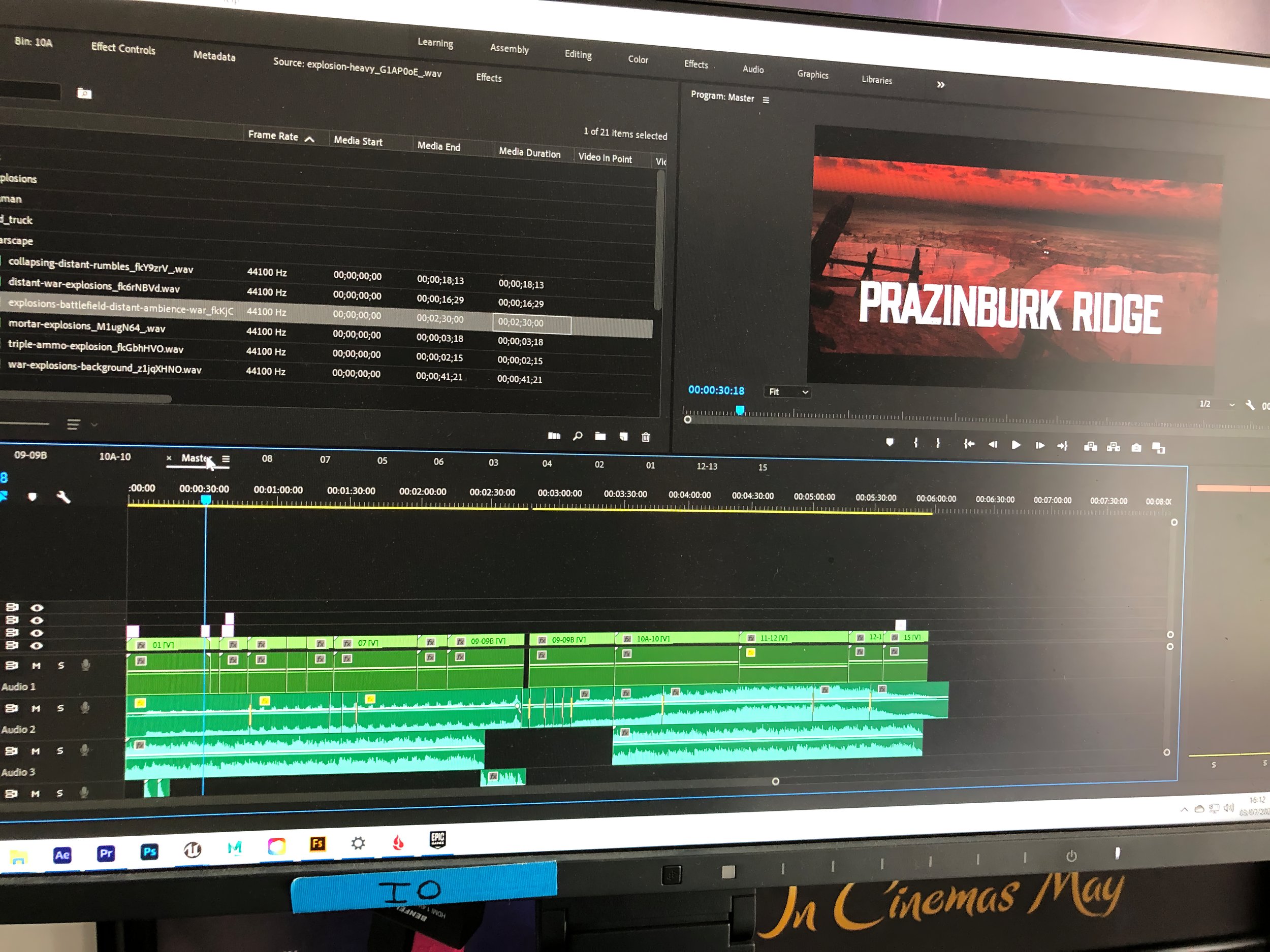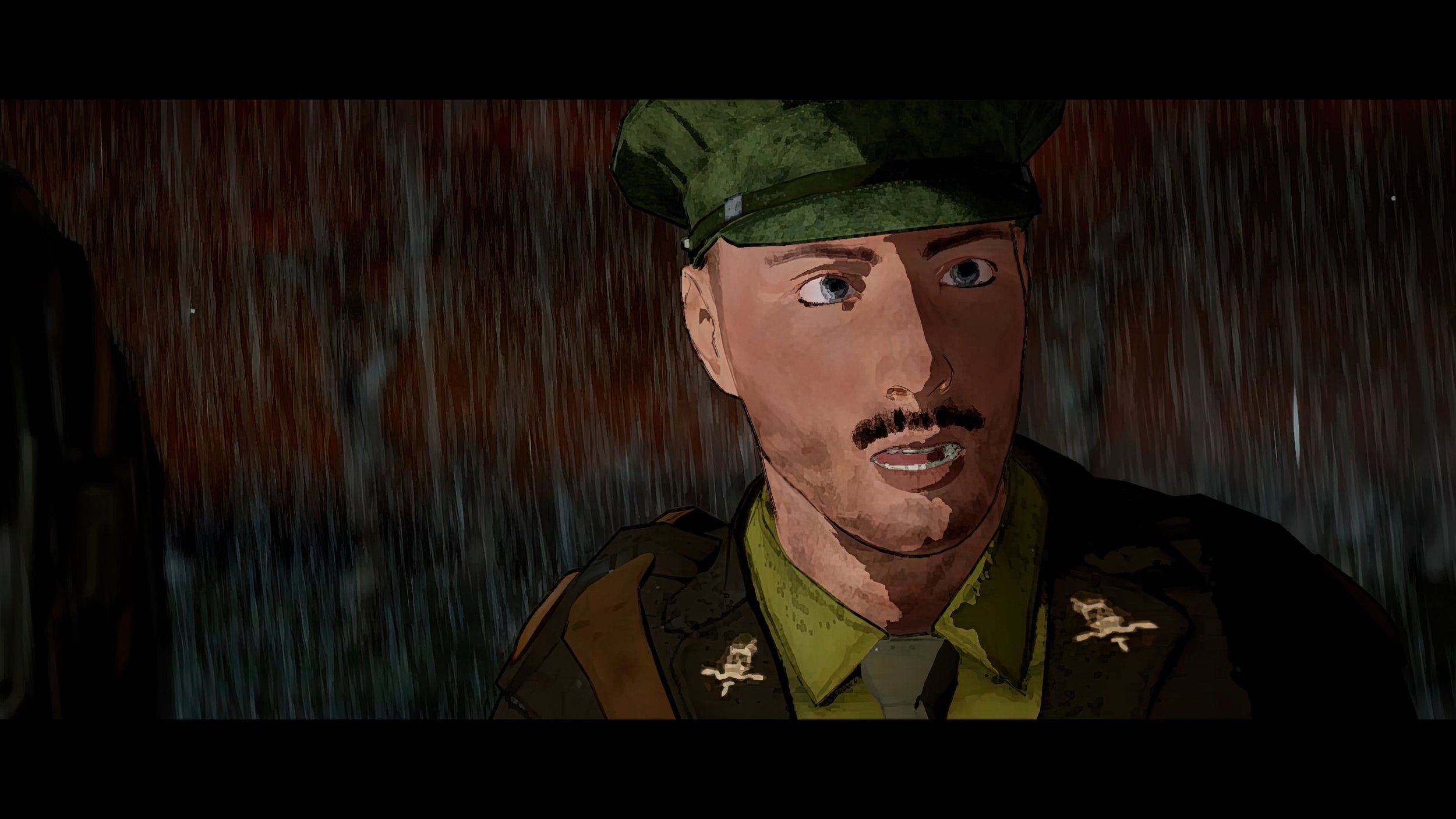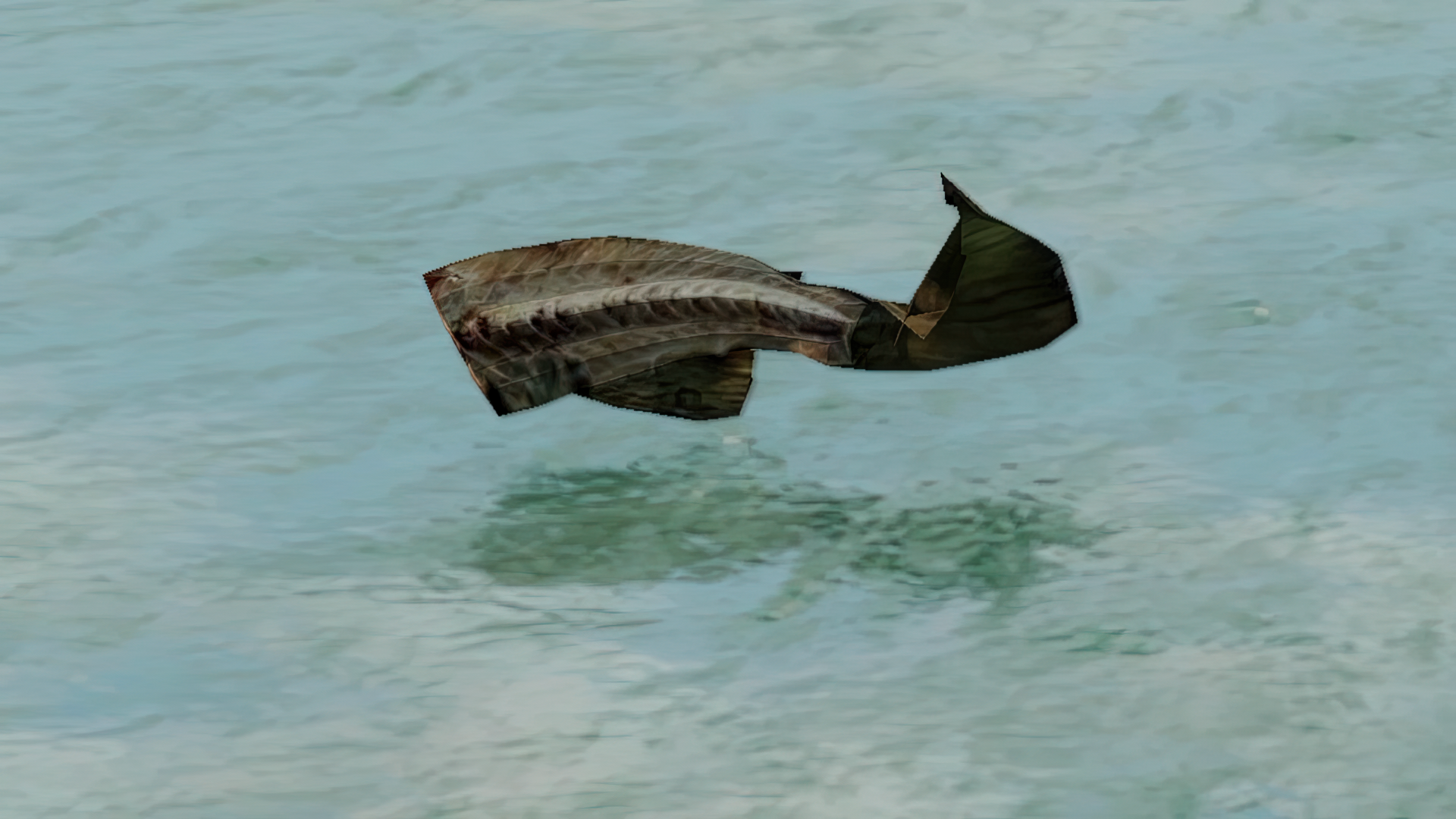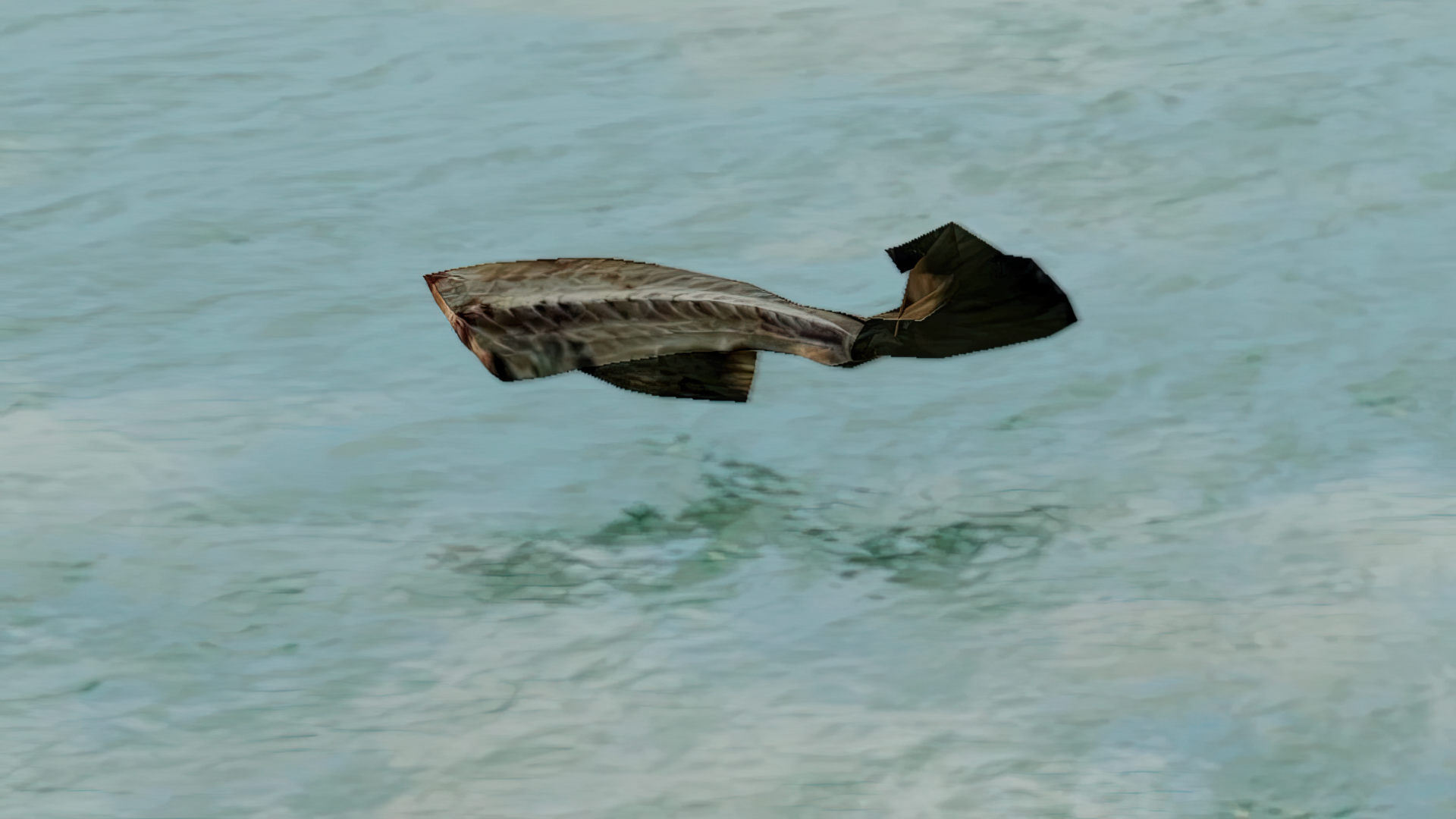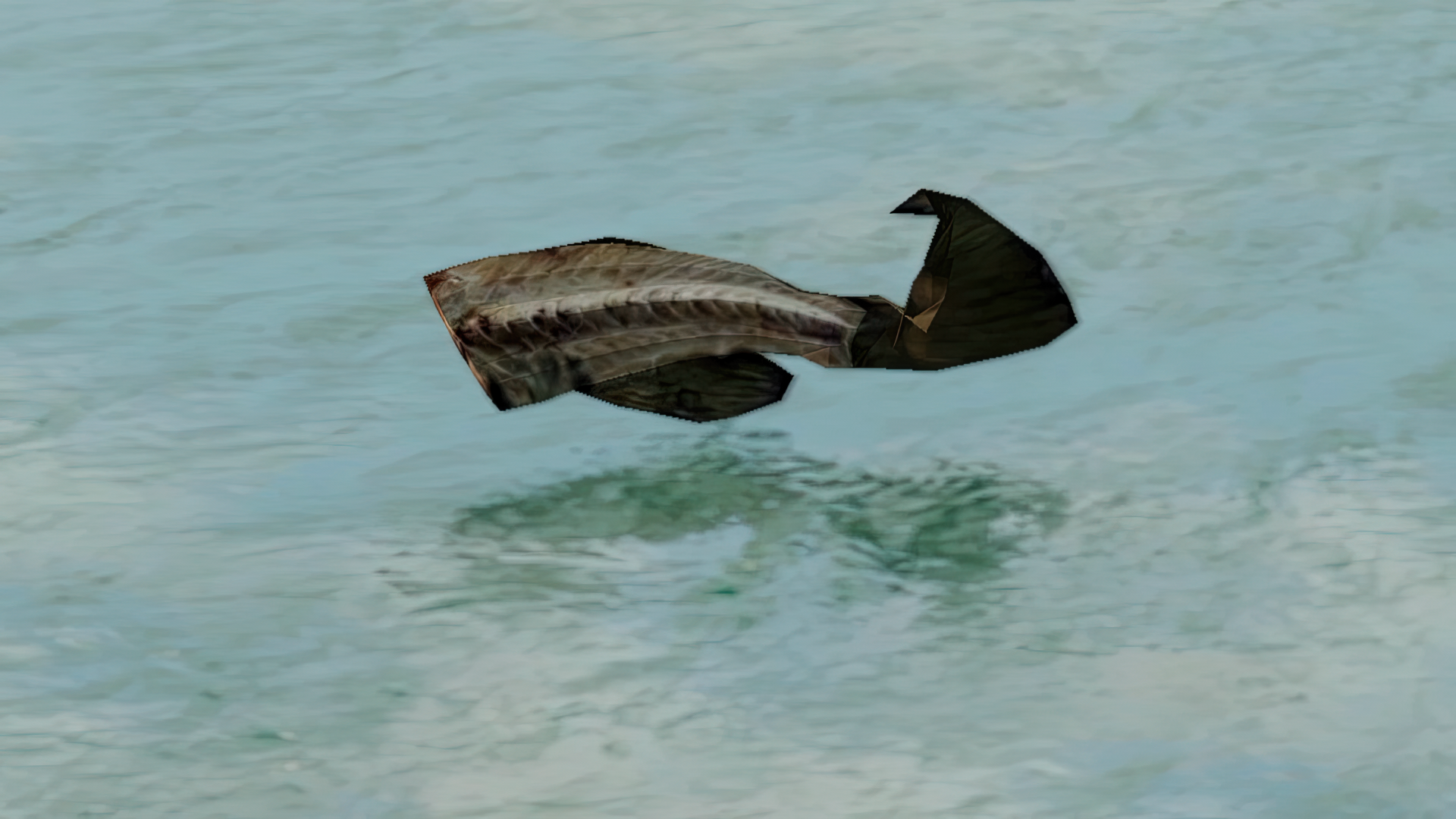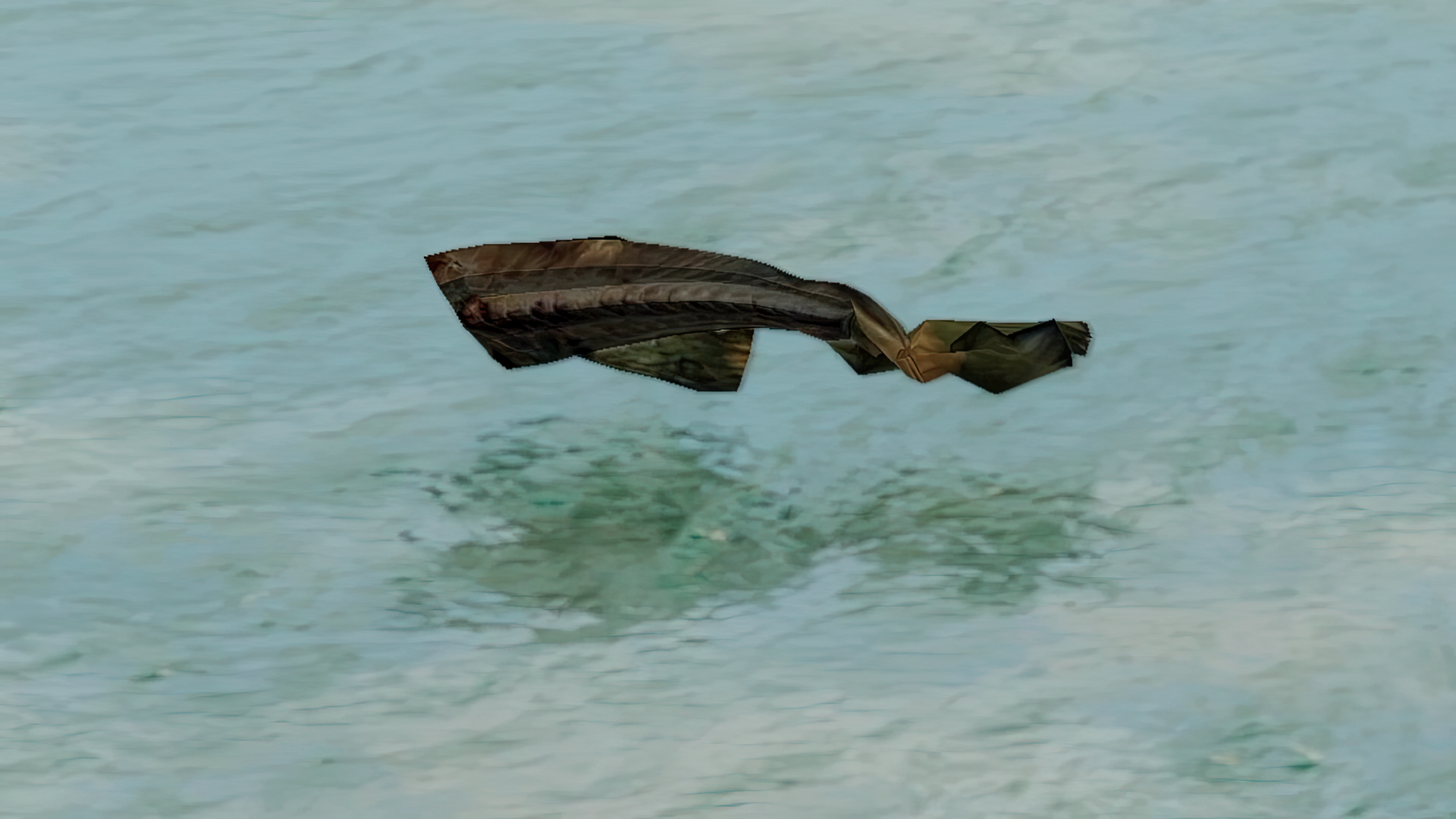PATREON-EXCLUSIVE CONTENT
〰️
PATREON-EXCLUSIVE CONTENT 〰️
The Milan Machinima Festival is psyched to present Body Language, Christian Wright's delirious Body Language, whichdelves deep into the virtual realm of Dark Souls III (2016) to chronicle a captivating interaction between two players. Through this exploration, the artist examines the limitations imposed by the game’s design and the performative customs of the gaming community, specifically how these restrictions affect the players’ ability to express themselves and communicate with one another. With its striking juxtaposition of cinematic grandeur and the often-uneven terrain of gaming, Body Language deftly captures the nuances of limited body language in online gaming.
Body Language will be screened exclusively at the Museum of Interactive Cinema on Saturday March 25 as part of The Neo Avant-Garde program. Buy your ticket here.
Christian Wright was born in 1993 in Newcastle upon Tyne, England. A digital media artist working with video games and animation to blend cinematic and machinima visual languages, Wright looks at how the boundaries of expected play are stretched by the performative actions of players themselves. Whether it be the intimate physical interactions of online multiplayer, the choreographed quest for perfection of speedrunning, or the mimetic act of digital cosplay within character creators, the artist explores community-driven gestures and practices. His poetic machinima Son was featured in VRAL in the Fall of 2022.
Matteo Bittanti discussed the creative process behind Body Language with the artist.
Matteo Bittanti: Can you provide insight into the creative and practical process behind your latest work, Body Language? Can you discuss your approach to balancing the raw footage that you collected and the final work? Also, did you make a detailed storyboard, or was the project more improvisational?
Christian Wright: The process behind making Body Language was quite labour intensive. I had storyboarded a few months before filming began to various degrees of complexity and grandiosity (some fully rendered drawings, while others were just quick sketches), at this stage, not worrying too much about the limitations of what was possible within the game. They were mainly built out of my own ideas for scenes in the script, while others were from wanting to re-create set pieces from separate other games, films, animations or other media. Dark Souls isn’t the most forgiving franchise when it comes to creating machinima, so the real challenge was then scaling down or using a lot of creative problem solving to make the ideas work. There are no in-game camera tools (unless you want to class the binoculars, which aren’t great), so I had to utilize a combination of hacked FROMsoftware developer debug tools, Cheat Engine tables, and a tool called ReShade to create and composite the scenes I had in mind, more than half the shots in the film have some kind of post-production compositing/effects work done to them.
Even then, there were a lot of technical hoops with the game’s online mode that I had to jump through so that I could get two characters interacting together for the scenes. Even getting the tools to work with online without being banned, Dark Souls III’s online servers were taken offline for 8 months half way through filming. This meant I shot a lot of scenes in offline mode, leaving me with only one avatar available to act out a two character scene. I would have to use the tools to lock the camera in place, capturing a clean background slate of each scene, then a shot with Character A in frame so they could perform their action, before running over to where Character B should be standing, changing my armour and weapons to match the right costume, and shooting the reactive action. I would then take this into After Effects to key, rotoscope and composite together to create the final shot. It was exhausting! Luckily I found a work around soon after, but it was tough and very time intensive part of production. I think there’s a good few handfuls of those original shots that made it into the final cut, that I think blend pretty seamlessly with the online play footage, let me know if you…
Matteo Bittanti
Works cited
Christian Wright
digital video, color, sound, 21’ 19”, 2022, United Kingdom
digital video/machinima (1920 x 1080), colour, sound, 14’ 59”, 2016, United Kingdom
This is a Patreon exclusive article. To access the full content consider joining our Patreon community.


